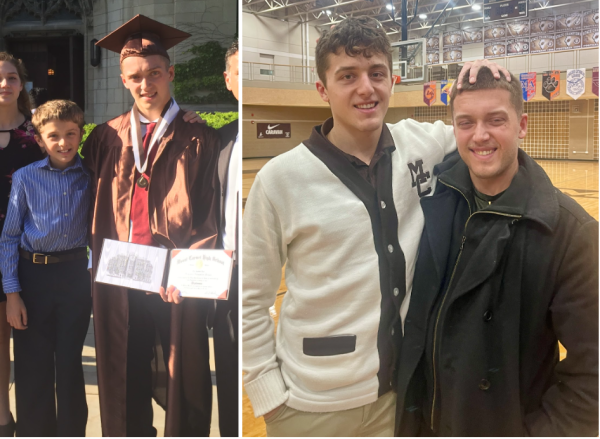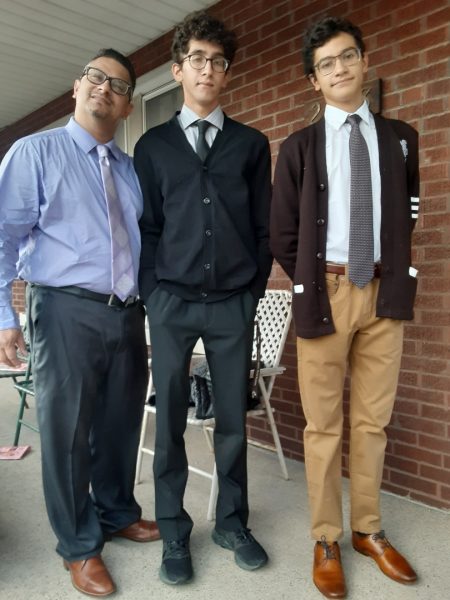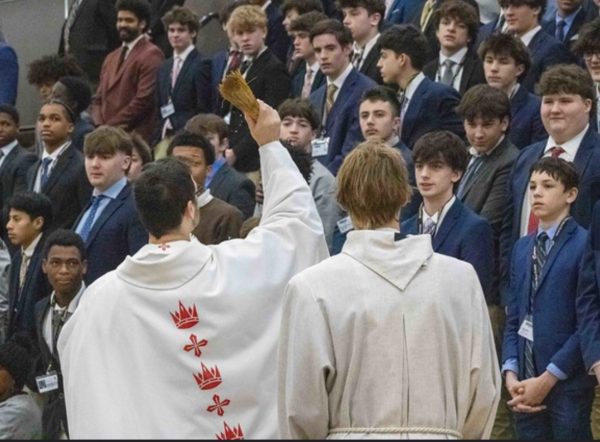Remember the women of color who also disappeared
On September 11th, Gabby Petito went missing, and her body was later found in Grand Teton National Park in Wyoming. Her missing boyfriend2, Brian Laundrie, is considered a suspect in what has been ruled a homicide. The case has garnered heavy national news attention, but what has not are the cases of many indigenous and African American women that have gone missing or been murdered in recent years.
Indigenous people have made up 21 percent of homicides in Wyoming but make up just 3 percent of the state’s population, according to a state task force report. That report also noted that only 30 percent of Indigenous homicide victims received any media coverage, while 51 percent of white victims did.
“It’s kind of heart-wrenching when we look at a white woman who goes missing and is able to get so much immediate attention,” Lynnette Grey Bull, who is Northern Arapaho and is an advocate for improving Wyoming’s response to missing and murdered indigenous women, told NPR.
“It should be the same if an African American person goes missing, or a Hispanic person goes missing, a Native American … we should have the same type of equal efforts that are being done in these cases.”
Grey Bull hopes for more indigenous people to be recognized like the Gabby Petito case because this has been going on for years with lack of recognition.
When indigenous women are disappeared or murdered, those communities feel like they don’t get as much recognition compared to a white person gone missing. Gabby Petito, while her case is certainly awful, is one of at least 710 people who went missing in the state from 2011 to 2020, according to the Wyoming report from this past January.
That report also found that 50 percent of missing indigenous people are found within a week, while 21 percent are still missing for 30 days and longer, compared to only 11 percent of white people who remain missing for 30 days or more.
“It’s fair to say that it’s troubling,” criminologist and sociologist Zach Sommers says about the missing indigenous people not being an elevated case compared to the Gabby Petito case.
Missing African American girls and women tend to receive less media attention as well. A 2014 report noted that 64,000 African American women went missing just since 2010. And a 2010 report, “Missing Children in National News Coverage,” found that African American children accounted for about a third of all missing children that year, yet media exposure rate was 19.5%. The charity Black & Missing reports that “In 2020 – 202,899 persons of color were reported missing. Of that group, 145,467 were under the age 18. Yet, missing minority children are grossly underreported in the news.”
Critics have pointed to the Petito media coverage as an example of “missing white woman syndrome,” a term coined by the late journalist Gwen Ifill at a 2004 journalism conference. It applies to the perception of white women receiving more coverage by the media when they go missing compared to similar situations involving missing women of color.
“Lending your attention and clicks to stories of missing persons of color or faces that we don’t necessarily see as common in this context can be a really tangible step we can take as individuals,” said Sommers.
In 2016, 5,712 indigenous women and girls were reported missing, but only 116 were logged by the U.S. Department of Justice’s federal missing person’s database, according to the National Crime Information Center.
Communities of color who have members that have gone missing feel they have not been getting appropriate attention in the media. There is hope that the media will begin to shed more light on all unfortunate situations like that of Gabby Petito.






